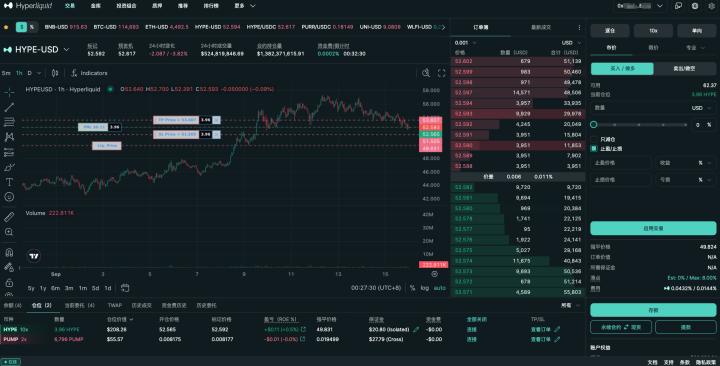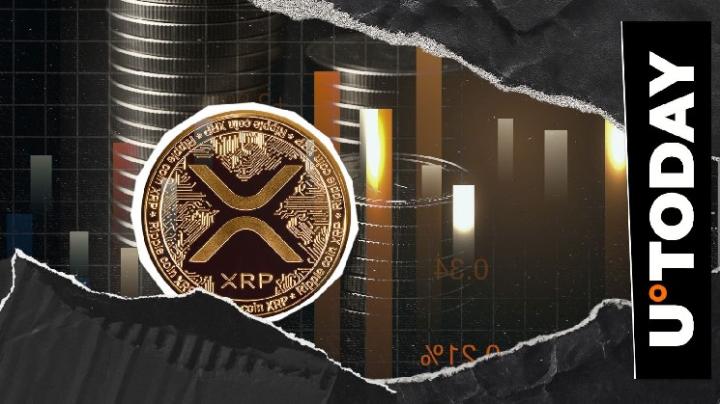The US dollar fell to a four-year low against the euro as investors bet the Federal Reserve would cut interest rates this week.
On the morning of September 17, the euro price increased by 0.9% against the USD, reaching 1.187 USD. This is the highest level since September 2021. The Dollar Index - which tracks the greenback's performance against six major currencies - decreased by 0.7% to 96.63 points, the lowest since early July.
The British pound rose 0.5% against the US dollar to $1.366. The Bank of England (BoE) is expected to keep interest rates unchanged at its meeting this week, after cutting them last month.
Meanwhile, compared to the Japanese yen, the USD is currently at a one-month low, when 1 USD is only exchanged for 146.3 JPY. This week, the Bank of Japan (BOJ) also holds a policy meeting. This agency is expected to keep the interest rate unchanged at 0.5%.

EUR/USD exchange rate developments over the past year. Chart: Reuters
The US dollar has stabilized in recent months after falling sharply earlier this year. However, the currency has recently come under renewed pressure as investors increasingly bet on the possibility of the Fed cutting interest rates, and US President Donald Trump has repeatedly called on the Fed to do so.
Markets are now pricing in a 25 basis point (0.25%) cut in the Fed's interest rate at its meeting this week. Recent data has shown the US labor market is weakening.
"We expect Fed Chairman Jerome Powell to ease inflation risks and express a clearer desire to support the labor market. This view sets the stage for a series of cuts in the coming months," said Karl Schamotta, market strategist at Corpay.
A report released on September 15 showed that US retail sales increased more than expected in August. However, investors are still concerned about US economic growth in the context of a weak labor market and high prices due to import tariffs.
"We expect the Fed to ease monetary policy gradually. Bond yields and the US dollar may recover a bit afterwards," Jonas Goltermann, an economist at Capital Economics, predicted.






